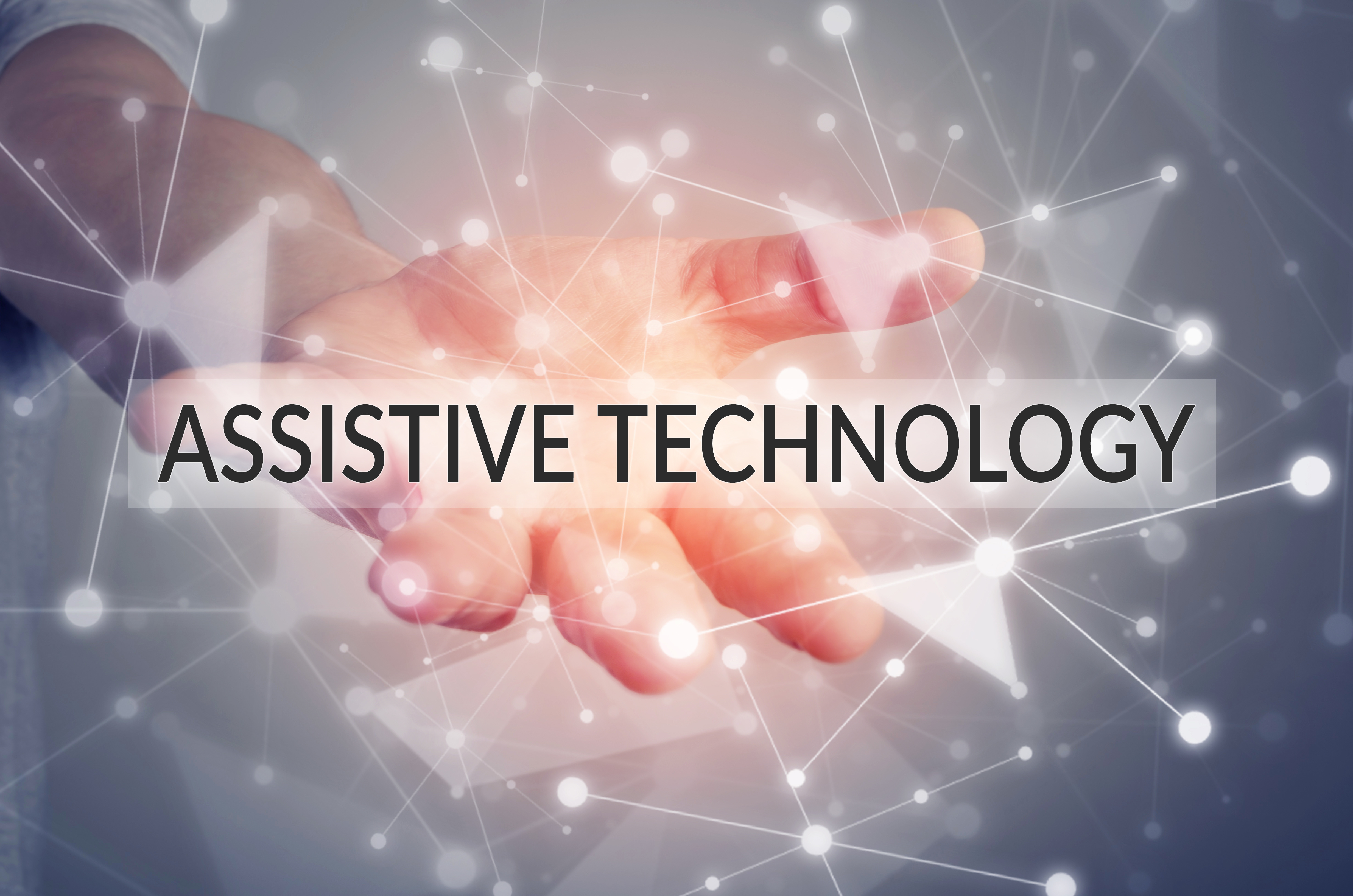
I recently attended an event, organised by Higher York, which demonstrated some of the assistive tech tools that are currently available at York St John University for both staff and students. I am so pleased that I attended this event, as although I don’t work with students using assistive technologies, I was grateful to be made aware of them and how they are used. I found the day very inspiring. It made me reflect on not only how the tools could be used with students, but the potential to use them for myself. For example, I am now using Global AutoCorrect on my machine at work and I believe I have already saved time by not pressing the delete button as much as I normally would have. Did you know that the delete button is the most used key on the keyboard? That didn’t even occur to me!
Global AutoCorrect
Global AutoCorrect is a tool that helps the flow of writing. More specifically, it is a tool that automatically corrects your spelling as you type. Auto correct is always working and analysing work in the background, allowing the user to focus on what they are writing rather than the spelling. Global AutoCorrect works in most programmes, including Moodle, emails and bespoke software. Users are also able to see where mistakes are made. This tool is useful for everyone. Originally designed to help those with dyslexia, it also benefits those with dyspraxia, visual impairments, repetitive strain injury, fatigue, hearing loss and OCD.
MindView
The first talk of the day was on a mind mapping tool called MindView. This software has some great features, and if you are a visual learner, like I am, then do take a look. MindView has the potential, in my opinion, for a number of applications, including use as an organisational tool, brainstorming tool, revision tool and it can even be used to create lesson plans. Essentially it allows users to create mind maps, timelines, outlines and Gantt charts. It also has a really helpful integrated citation tool. It is a tool that is fully accessible and it doesn’t need much training either. It looks and feels like you are in a Microsoft application and has similar functionality.
Creating Accessible Documents
This talk demonstrated how to create accessible documents. Firstly, we were shown how a screen-reader reacts to an inaccessible document and then we were shown how a screen-reader reacts to an accessible document. It was incredible to see what a difference it makes when you simply add heading styles, alternative or alt-text to images and table headings to your documents. YSJ staff can see a video demonstrating this in the digital accessibility training Moodle course. The TEL team have worked with a number of departments, including the Digital Training team, Assistive Tech team and the Academic Liaison librarian team to produce this Moodle course and have put together some other guidance too. The digital training team have also put together a workshop to help support staff at York St John to make documents accessible. For further information on accessibility, see our Inclusivity & Accessibility webpages.
Text Help
Text Help is an assistive technology company that provides various assistive technologies. The one you may be familiar with is called Read and Write. Read and Write is a tool that allows the user to become more confident and independent in their reading and writing. Some of the functions include a summary highlighter, screen masking, screenshot reader and a lot more. It was really good to see this in action.
Another product that we looked through is called Equatio, which makes maths accessible. I feel this could be a great product for STEM students.
Sonocent Audio Notetaker
One of the final talks of the day was demonstrating Sonocent audio notetaker. This tool allows users to import powerpoint slides into different sections and then record audio against each of the slides or sections. Students can highlight key concepts and annotate further text notes in the moment as well. Once the recording has finished, users can quickly and easily go back to hear the most important parts.
As you can see, there was a lot to reflect on from the day. I was reminded of a quote by Glenna Shaw, that I first heard in the Lynda.com course – Creating accessible documents in Microsoft office.
Remember, accessibility is for everyone. We all benefit from assistive technologies
If you would like to know more about Assistive tech available to students or have any questions about some of the tools mentioned above, please contact the assistive tech team by email: assistivetech@yorksj.ac.uk or visit the Assistive tech webpages. If you are unsure how to create accessible documents, sign up for the workshop on how to create accessible documents in Microsoft Office with the Digital training team, and/or take the Digital Accessibility Training course on Moodle.
Suzy

0 responses on "Confidence in Assistive Tech Day"